It has a beaver tail, a duck bill, lays eggs, and still makes milk. What is going on here?
The platypus isn’t just weird—it’s a full-blown biological plot twist. When scientists first saw one, they thought it was a hoax stitched together by pranksters. And honestly, can you blame them?
This creature breaks almost every rule in the mammal handbook. It’s venomous. It’s electro-sensitive. It swims with its eyes shut. And that’s just the beginning.
Forget everything you think you know about animals. The platypus isn’t playing by the rules—and that’s exactly what makes it legendary.
Egg-Laying Mammal
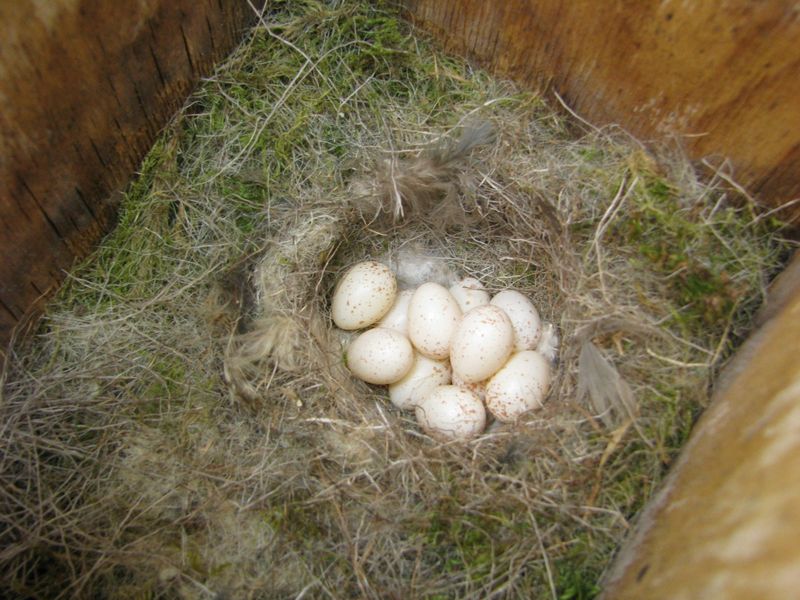
In a world where mammals are known for giving birth to live young, the platypus takes an unusual stance. It is one of the few mammals that lay eggs, a trait shared only with echidnas. This fascinating characteristic links the platypus to its avian relatives.
After laying eggs, the female incubates them with her body heat, a behavior more common among birds. This quirky reproductive trait intrigues scientists, offering insights into evolutionary biology.
Imagine a mammal, yet it hatches from an egg, blending characteristics that seem worlds apart.
Venomous Spur
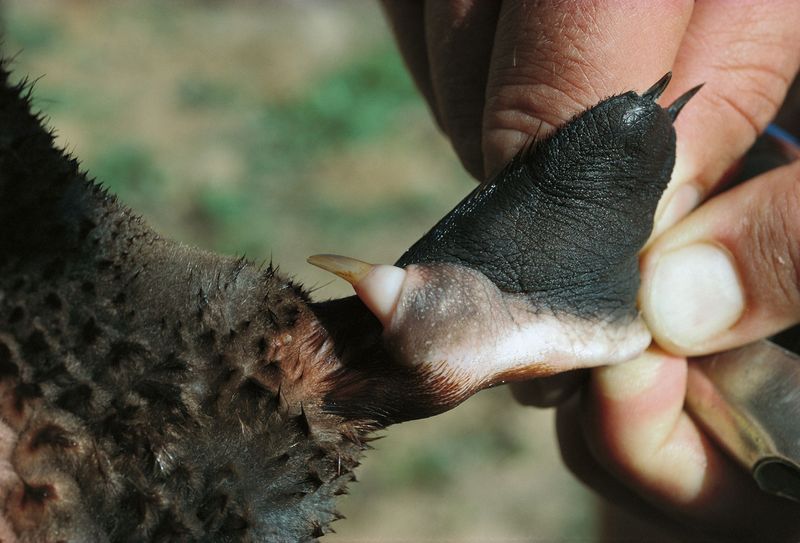
The platypus, despite its cute appearance, harbors a surprising defense mechanism. Male platypuses possess venomous spurs on their hind legs, capable of delivering painful stings to potential threats.
This venom is powerful enough to deter animals much larger than the platypus itself. The presence of such a feature challenges our perceptions of what mammals can be.
During the breeding season, these spurs become particularly dangerous, as males compete fiercely for mates. Who would expect such a small creature to wield such a formidable weapon?
Duck-Billed Appearance
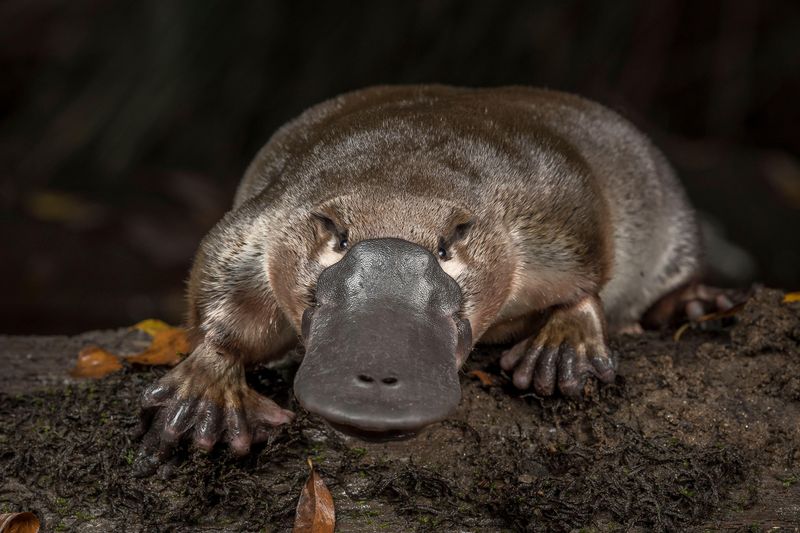
One glance at the platypus, and its duck-like bill immediately stands out. This distinctive feature is not just for show; it’s packed with sensory receptors that detect prey underwater.
The bill’s electroreception ability allows the platypus to hunt in murky waters with incredible precision. This adaptation is rare among mammals, setting the platypus apart from its peers.
Imagine a mammal equipped not just to see and hear, but to sense electric fields like a superhero. The platypus’s bill is truly a marvel of evolution.
Webbed Feet
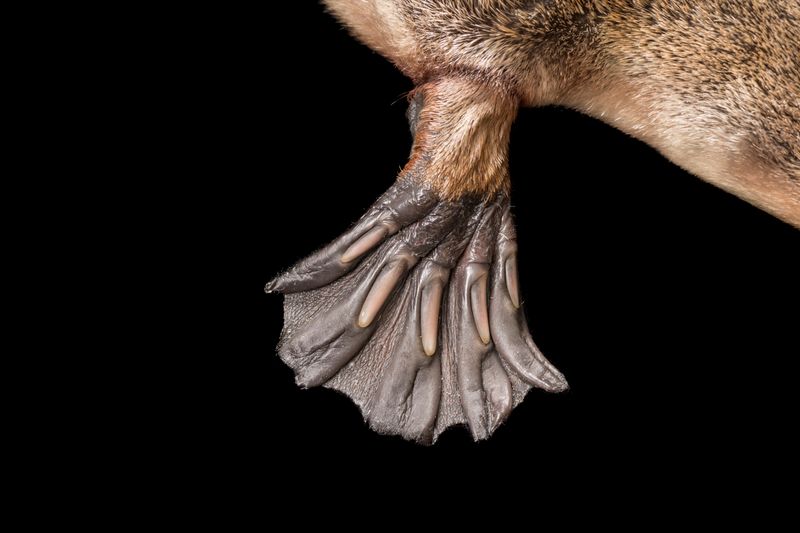
The platypus glides through water with the grace of a seasoned swimmer. Its webbed feet are a key to this aquatic mastery, providing propulsion and agility.
Interestingly, the webbing retracts on land, revealing sharp claws for digging. This dual functionality highlights the platypus’s adaptability.
Swimming or burrowing, the platypus uses its feet to navigate diverse environments. This fascinating adaptation ensures its survival in the wild, making it a remarkable example of nature’s ingenuity.
Fur and Insulation

The platypus is well-prepared for its semiaquatic lifestyle, thanks in part to its dense, waterproof fur. This coat acts as insulation, keeping the platypus warm in cold waters.
Its fur traps a layer of air, preventing water from reaching the skin. This feature is crucial for maintaining its body temperature during long swims.
Imagine diving into icy waters and emerging dry. The platypus’s fur exemplifies how nature equips creatures for survival in their specific habitats.
Unique Jaw Structure
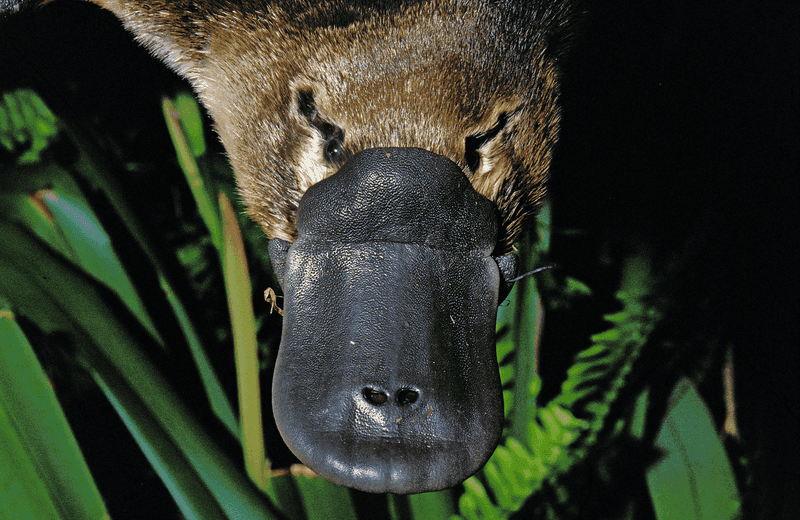
The platypus’s jaw structure diverges from typical mammalian norms. It lacks teeth as an adult, using instead keratinized pads to grind food.
This adaptation reflects its diet of aquatic invertebrates, shellfish, and more. The unique jaw structure aids in efficiently processing prey.
The absence of teeth in a mammal is unusual, highlighting the platypus’s distinct evolutionary path. It’s a reminder of how diverse life forms can be, even within the same animal class.
Electric Sense
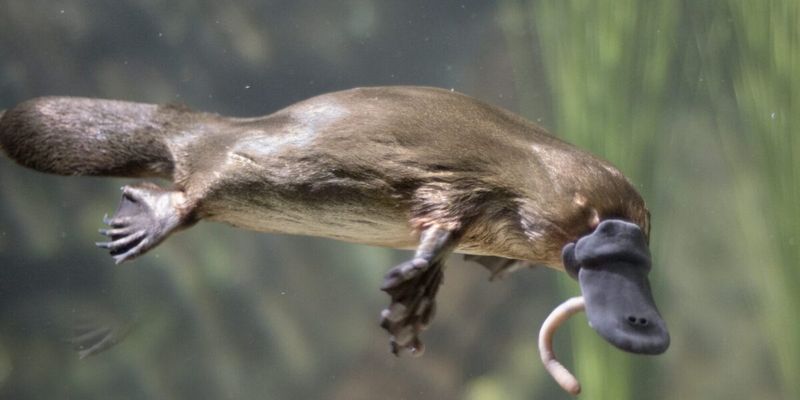
Perhaps one of the most fascinating abilities of the platypus is its capacity to detect electric fields. This ability, known as electroreception, allows the platypus to locate prey even in complete darkness.
The platypus uses this sense to navigate and hunt in murky waters, setting it apart from most other mammals.
This remarkable adaptation is made possible by receptors in its bill, which capture the minute electric signals emitted by living organisms. Such a feature is truly extraordinary in the mammalian world.
Endemic to Australia

The platypus calls Australia its home, thriving in the eastern parts of the continent. Its presence is a symbol of Australia’s unique biodiversity.
The rivers and lakes of this region provide the perfect habitat for the platypus, offering ample food and shelter.
As an endemic species, the platypus plays a vital role in its ecosystem, maintaining the balance of aquatic life. Its connection to Australia is as strong as the land’s ancient landscapes and diverse wildlife.
Nurturing Behavior
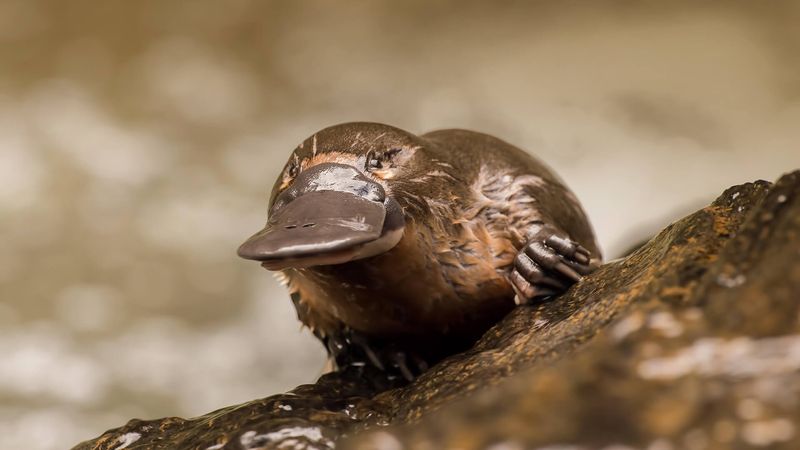
The platypus demonstrates nurturing instincts uncommon in the animal kingdom. After hatching, the mother cares for her young in specially constructed burrows by the water’s edge.
She nurses them with milk secreted through mammary gland openings on her skin, as platypuses lack nipples. This unique method of feeding is part of what makes the platypus so intriguing.
The mother’s dedication to her offspring ensures their survival, showcasing an enduring bond that resonates across species lines.
Conservation Efforts
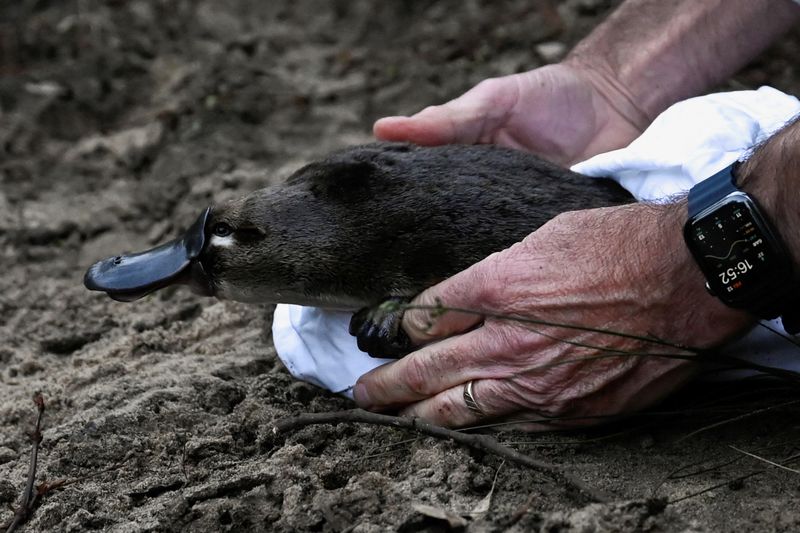
In recent years, the conservation of the platypus has become a growing concern. Habitat destruction and climate change threaten its survival, prompting efforts to preserve this unique species.
Conservationists work tirelessly to protect the platypus’s natural habitats, ensuring future generations will witness its wonder.
The platypus serves as a reminder of the delicate balance within ecosystems and the importance of preserving biodiversity. Protecting this species is crucial for maintaining the environmental health of its native regions.

